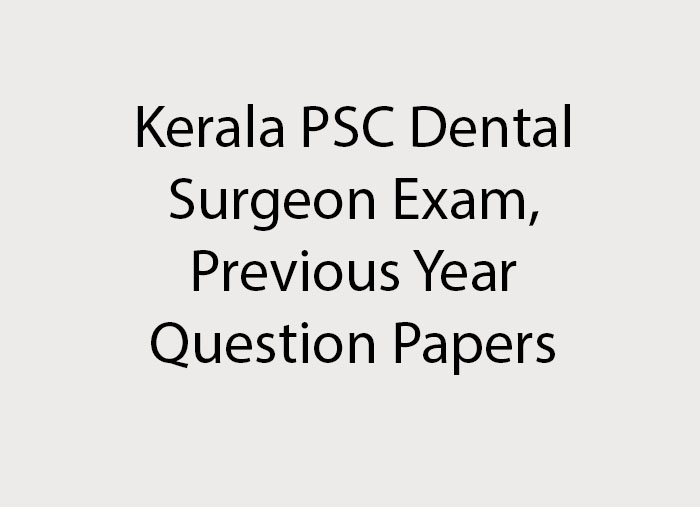- NEED HELP? CALL US NOW
- +919995411505
- [email protected]

1. Most commonly mutated proto oncogene in human tumors is
A. RAS PROTEIN
B. ABL
C. MYC
D. FOS
Answer: A- RAS PROTEIN
RAS gene is the most commonly mutated oncogene in human tumors. Approx 30% of all human tumors contain mutated RAS gene
2. False statement about secondary healing is
A. More intense inflammation than primary healing
B. Greater volume of granulation tissue than in primary healing
C. Greater mass of scar tissue compared to primary
D. Minimal wound contraction
Answer: D- Minimal wound contraction
Contraction of wound is an important feature of secondary healing, not seen in primary healing. Due to the action of myofibroblasts present in granulation tissue, the wound contracts to one-third to one fourth of its original size.
3. Fibrinoid necrosis is usually seen in
A. Infarct brain
B. Tuberculosis
C. Walls of arteries in immune vasculitis
D. Ischemic necrosis of heart
Answer: C
Fibrinoid necrosis is a special form of necrosis usually seen in immune reactions involving blood vessels.
4. Most abundant glycoprotein in the basement membrane
A. Elastin
B. Laminin
C. Fibronectin
D. Integrin
Answer- B
Laminin is a high molecular weight glycoprotein found in the extracellular matrix. It is a biologically active component of the basement membrane and is involved in influencing cell migration, differentiation and adhesion
5. Epitheloid cells are
A. Modified macrophages
B. Modified endothelial cells
C. Activated macrophages
D. Transdifferentiated lymphocytes
Answer: C
Granulomatous inflammation is a form of chronic inflammation characterized by collections of activated macrophages, often with T lymphocytes, and sometimes associated with central necrosis.
The activated Macrophages may develop abundant cytoplasm and begin to resemble epithelial cells, and are called epithelioid cells. Some activated macrophages may fuse, forming multinucleate giant cells
6. In nonequilibrium type of enzyme inhibition for drug action
A. kM increase, Vmax is unchanged
B. kM is unchanged, Vmax reduce
C. kM decrease, Vmax increase
D. kM increase, Vmax reduce
Answer: D (kM increase, Vmax reduce)
kM is the rate constant of the reaction. Enzyme inhibition of drugs can be competitive ( equilibrium type) and Noncompetitive type.
Competitive (equilibrium type) :
– Drug structurally similar to the substrate
– Competes with the substrate for catalytic binding site of the enzyme
– Increase the rate constant Km and Vmax is unchanged. ie higher concentration of the substrate is required to achieve ½ maximal reaction velocity . If substrate concentration is increased, it can displace the drug and same maximum reaction velocity can be attained.
– Eg Physostigmine and Neostigmine compete with Acetyl choline for cholinesterase.
Non equilibrium type :
– Drug bind to the same catalytic site of the enzyme.
– Drug form strong covalent bond with the enzyme.
– Normal substrate not able to displace the inhibitor.
– Km increased and Vmax is reduced.
– Eg Organophosphates react covalently with esteric site of the enzyme cholinesterase
Noncompetitive :
– Drug binds to an adjacent site not the catalytic site, due to which enzyme loses its catalytic property.
– Km is unchanged but Vmax reduced.
– Eg – Acetazolamide inhibiting carbonic anhydrase enzyme.
7. In competitive receptor antagonism
A. Agonist DRC shifted to right, maximum response is lowered
B. Agonist DRC shifted to left,no suppression of maximum response
C. Parallel shift of agonist DRC, no suppression of maximum response
D. Flattening of agonist DRC, maximum response is lowered
Answer: C (Parallel shift of agonist DRC, no suppression of maximum response)
| Competitive (equilibrium type) | Noncompetitive |
| Antagonist binds to the same receptor as agonist | Bindsto anothersite of receptor |
| Antagonist resembles chemically with agonist | Does not resemble |
| Parallel right ward shift of agonist DRC (Dose response curve) | Flattening of agonist DRC |
| Same maximal response can be attained by increasing dose of agonist | Maximal response is suppressed |
| Intensity of response depends on the concentration of both agonist and antagonist | Maximal response depends only on the concentration of antagonist |
| Eg: Ach – Atropine Morphine – Naloxone | Diazepam – Bicuculline |
8. The mechanism responsible for development of tolerance to morphine
A. Drug disposition
B. Enzyme mediated
C. Polymorphism
D. Cellular
Answer: D (Cellular)
High degree of tolerance develops to morphine if used repeatedly. It is partly pharmacokinetic (enhanced rate of metabolism) but mainly pharmacodynamic (cellular tolerance).
9. Pharmacovigilance includes
A. Scrutiny of drug trials
B. Scrutiny of adherence to good laboratory practices
C. Lead optimization
D. Post marketing surveillance
Answer : D (Post marketing surveillance)
Phases of drug trial
Phase I – Done on healthy volunteers. Safety and pharmacokinetic property (dose) of the drug is evaluated.
Phase II – Done on Patients. Safety and pharmacokinetic property of the drug
is evaluated.
Phase III – Trial carried out in 100 or more patients. Efficacy of new drug is
compared with the existing. Side effects evaluated .
Phase IV – Trial done on large number of patients. Test new drugs approved by FDA. Also called post marketing surveillance (Pharmacovigilance) .
10. The combination of sulfamethoxazole and trimethoprim is an example of
A. Supra additive drug combination
B. Additive drug combination
C. Propagative additive drug combination
D. Targeted drug combination
Answer : A (Supra additive drug combination)
Synergism
Additive – The effect of two drugs are in the same direction and add up.
A+B= effect of A+ effect of B Eg- Aspirin+ paracetamol
Nitrous oxide and ether Glibenclamide+ metformin
Supra additive (Potentiation) – The effect of the combination is greater than the individual effects of the components. When one product given alone no effect, but enhances the effect of other.
A+ B > effect of A + effect of B.
Eg – Acetyl choline+ physostigmine Leveodopa + carbidopa.
Sulfamethoxazole + trimethoprim




